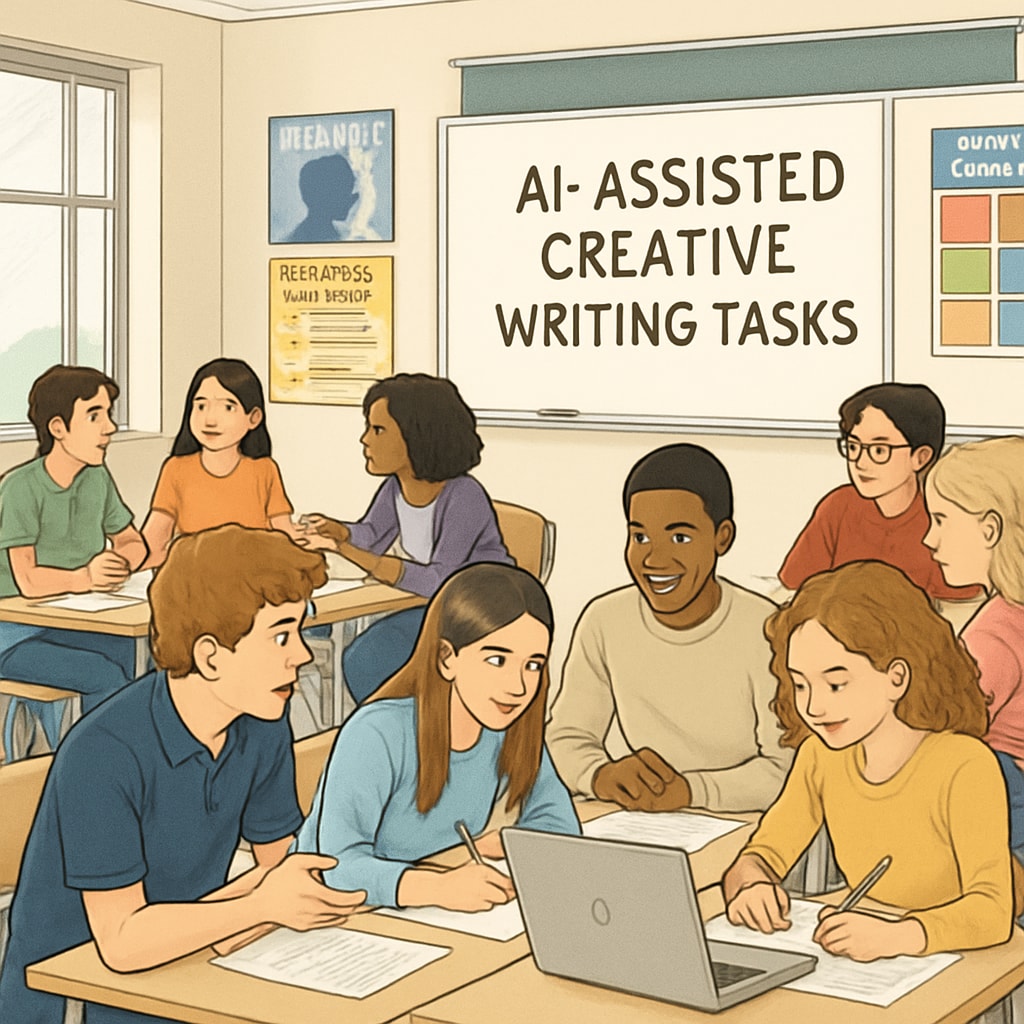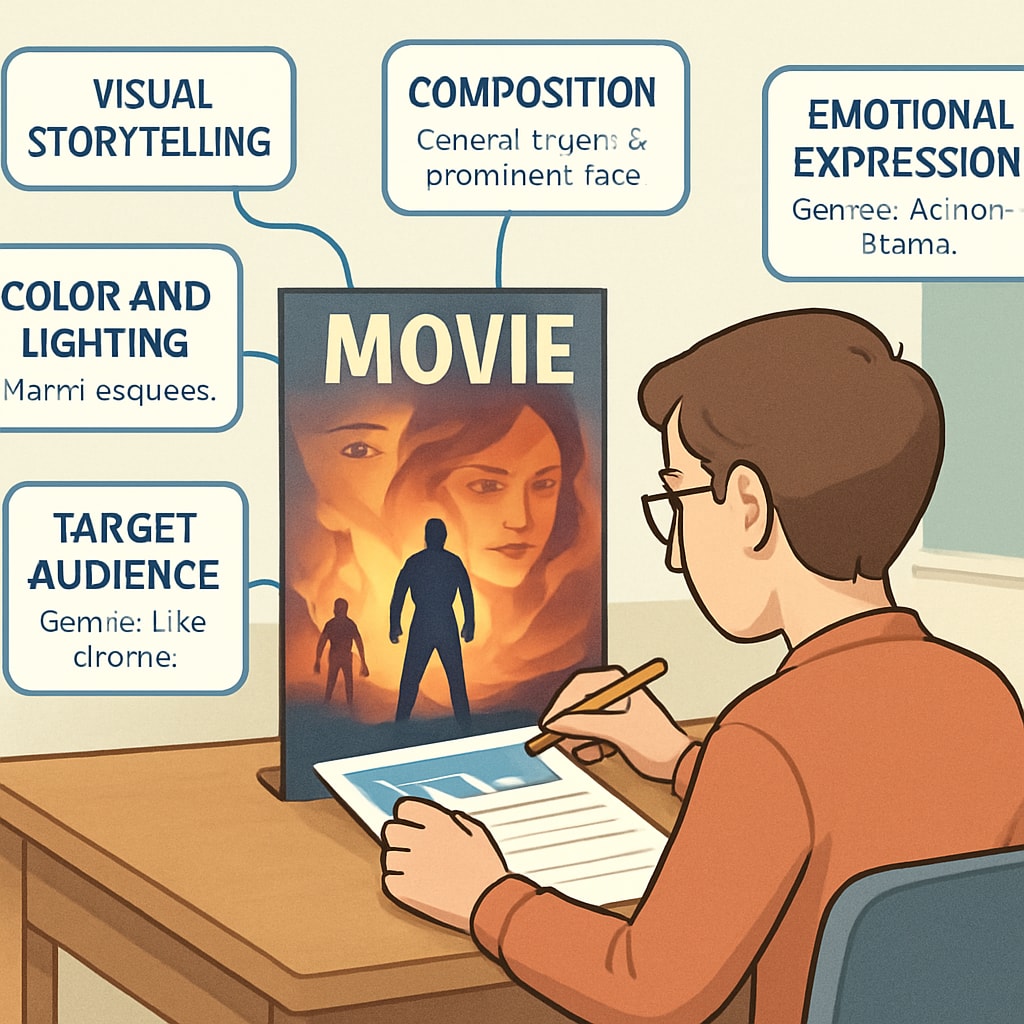In today’s digital age, the combination of AI writing prompts, media literacy, and visual storytelling offers a groundbreaking avenue for high school educators to inspire creativity and critical thinking in students. Free resources tailored for grades 9-12 provide structured creative writing activities that help students analyze and develop their understanding of movies and media. These tools integrate seamlessly into English, media studies, and creative writing classes, empowering teachers to foster vital skills in both storytelling and critical analysis.
How AI Writing Prompts Support Media Literacy
Media literacy is an essential skill in navigating the modern world filled with visual and textual information. AI-powered writing prompts are designed to spark students’ curiosity while encouraging them to critically evaluate media content. For example, prompts can guide students to analyze the cinematography of a film, explore the impact of social media campaigns, or create their own scripts inspired by popular genres. By combining technology with education, students not only learn to interpret media but also become active creators within the digital landscape.

Enhancing Visual Storytelling Skills with AI
Visual storytelling—the art of conveying ideas and emotions through images and narratives—is a core component of media literacy. AI tools like ChatGPT allow students to experiment with narrative structure, character development, and visual elements to craft compelling stories. Teachers can utilize sample prompts such as:
- “Describe how lighting and color in a movie scene convey mood and emotion.”
- “Write a short script for a commercial that emphasizes visual storytelling.”
- “Analyze a movie poster to determine its intended audience and key message.”
These activities teach students to think critically about how visual elements interact with storytelling to influence perceptions and emotions.

Integrating AI Writing Prompts into the Classroom
Implementing AI writing prompts is simple and adaptable to various teaching objectives. Educators can incorporate these tools in creative writing assignments, group activities, or project-based learning modules. For example:
- Pair students to co-write a short film screenplay using AI-generated ideas.
- Assign individual projects analyzing the narrative techniques of a chosen movie.
- Host debates on ethical considerations of AI-generated media content.
As a result, students engage deeply with media while honing their collaboration, analytical, and creative skills.
The Future of Media Literacy Education
The integration of AI into media literacy education is just the beginning. As AI tools continue to evolve, they offer opportunities for personalized learning, interactive storytelling, and deeper exploration of complex topics like bias in media. Teachers can leverage these advancements to create dynamic lesson plans that resonate with students’ interests and prepare them for a media-driven future.
To learn more about media literacy, visit Media Literacy on Wikipedia or explore visual storytelling techniques at Britannica’s Visual Storytelling Guide.
Readability guidance: Use concise paragraphs and lists to emphasize key ideas. Incorporate a balance of active voice and transitional phrases (e.g., however, therefore, in addition) to maintain flow and coherence.


